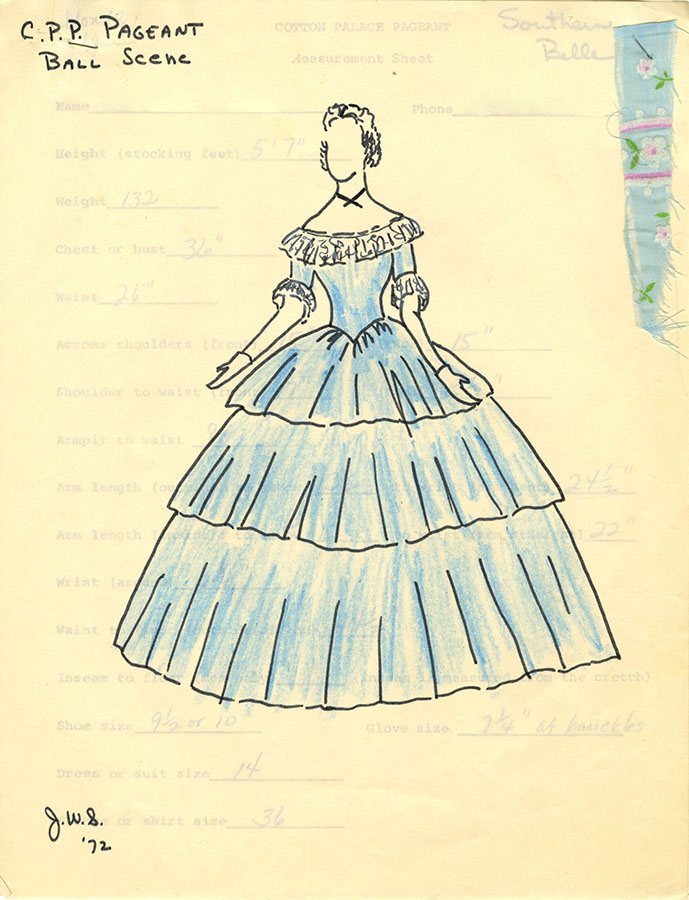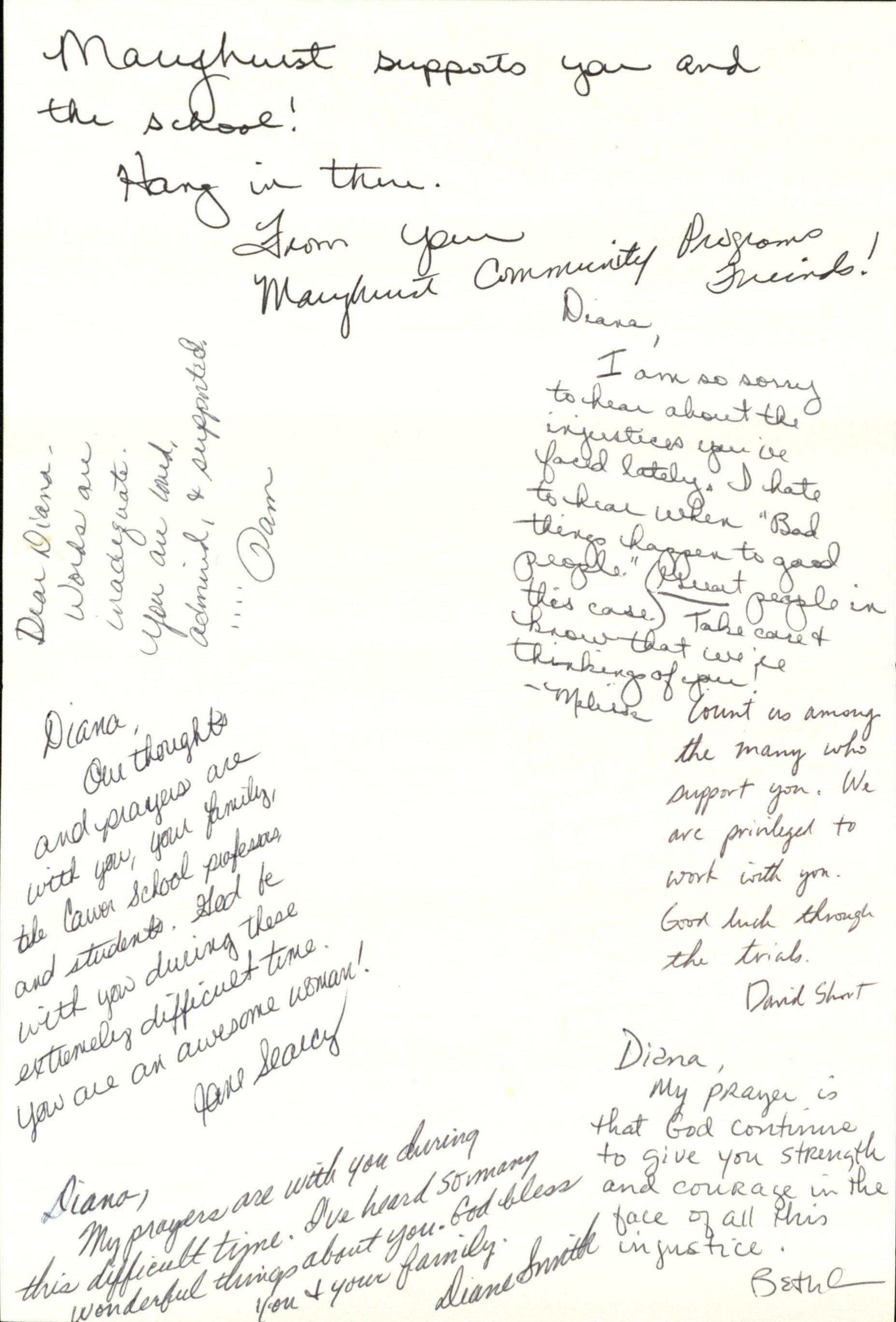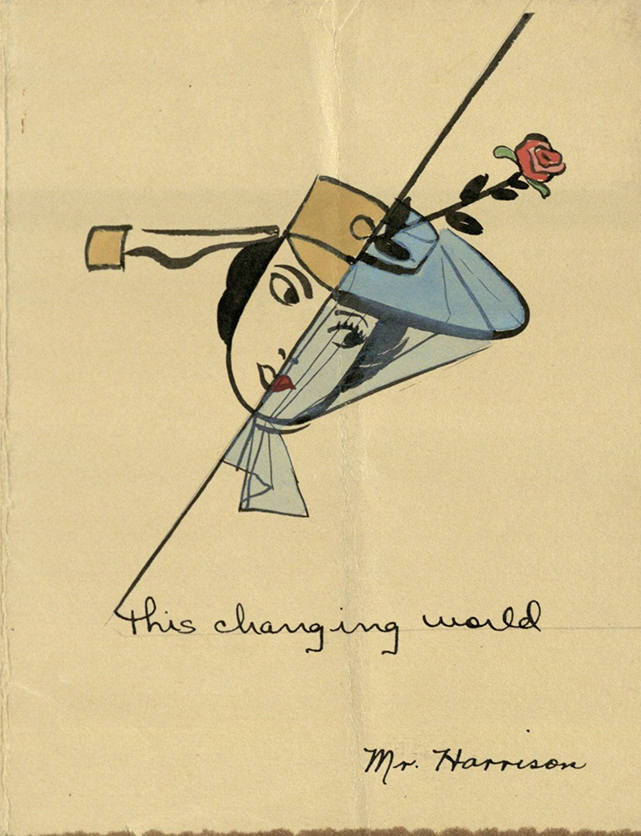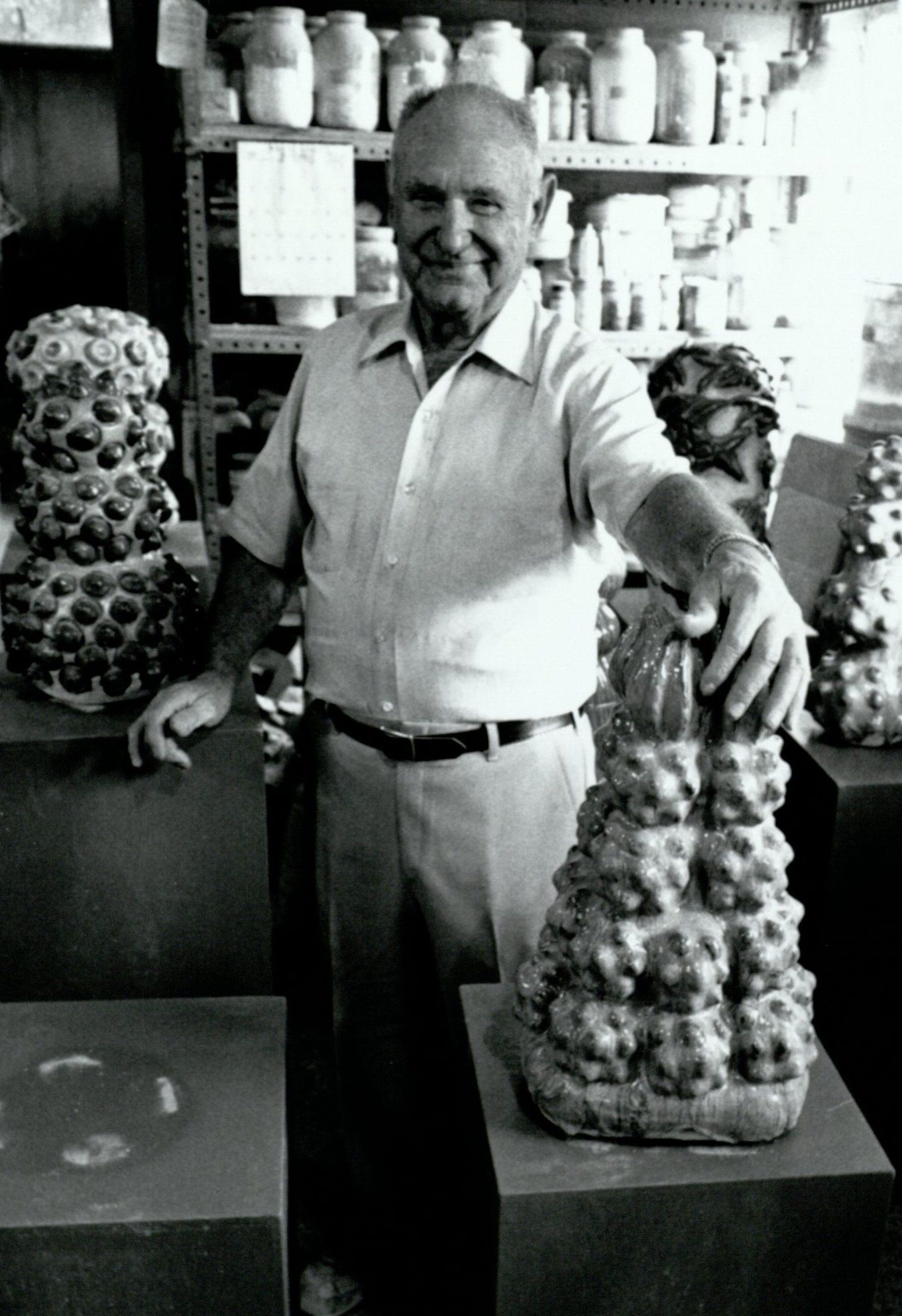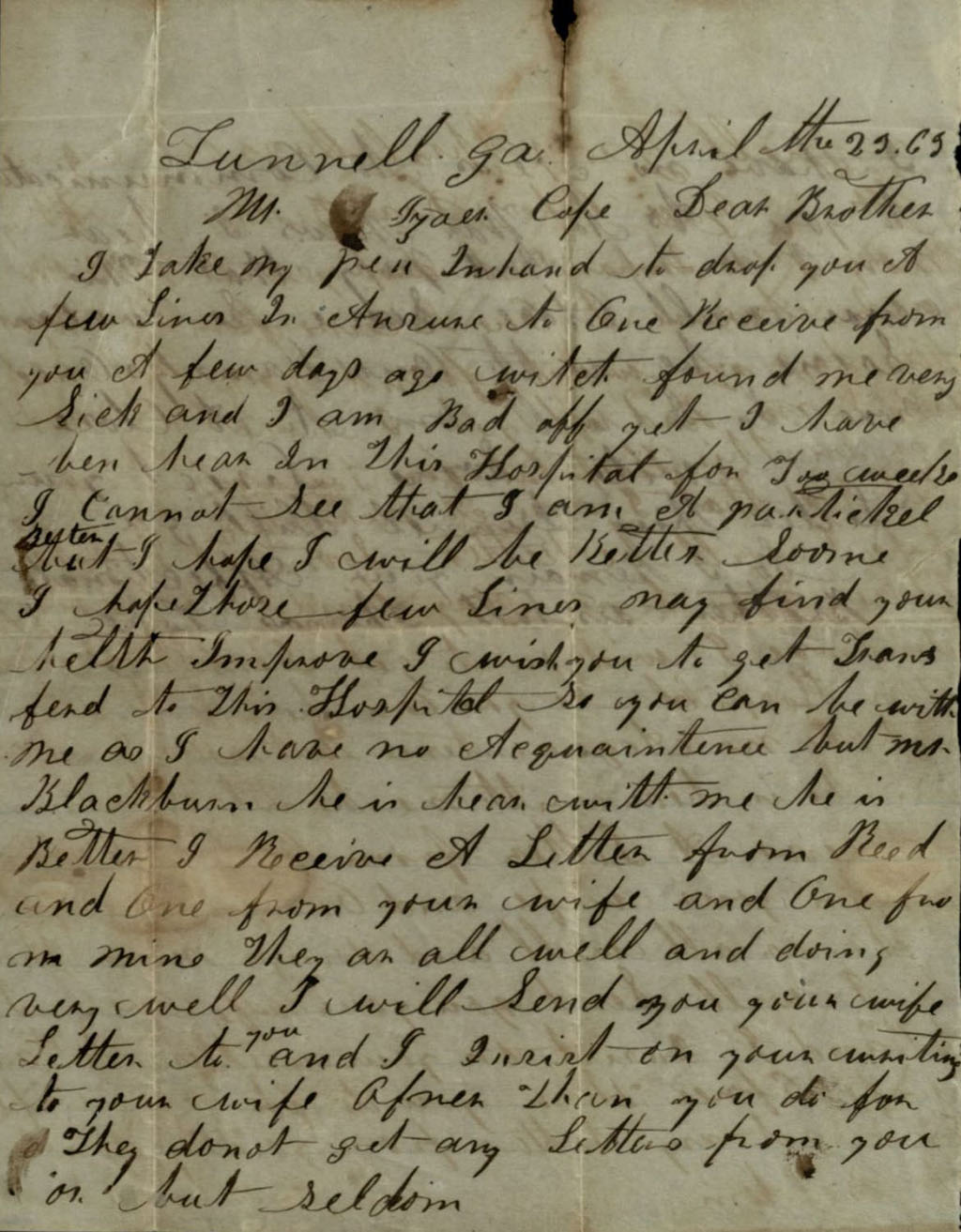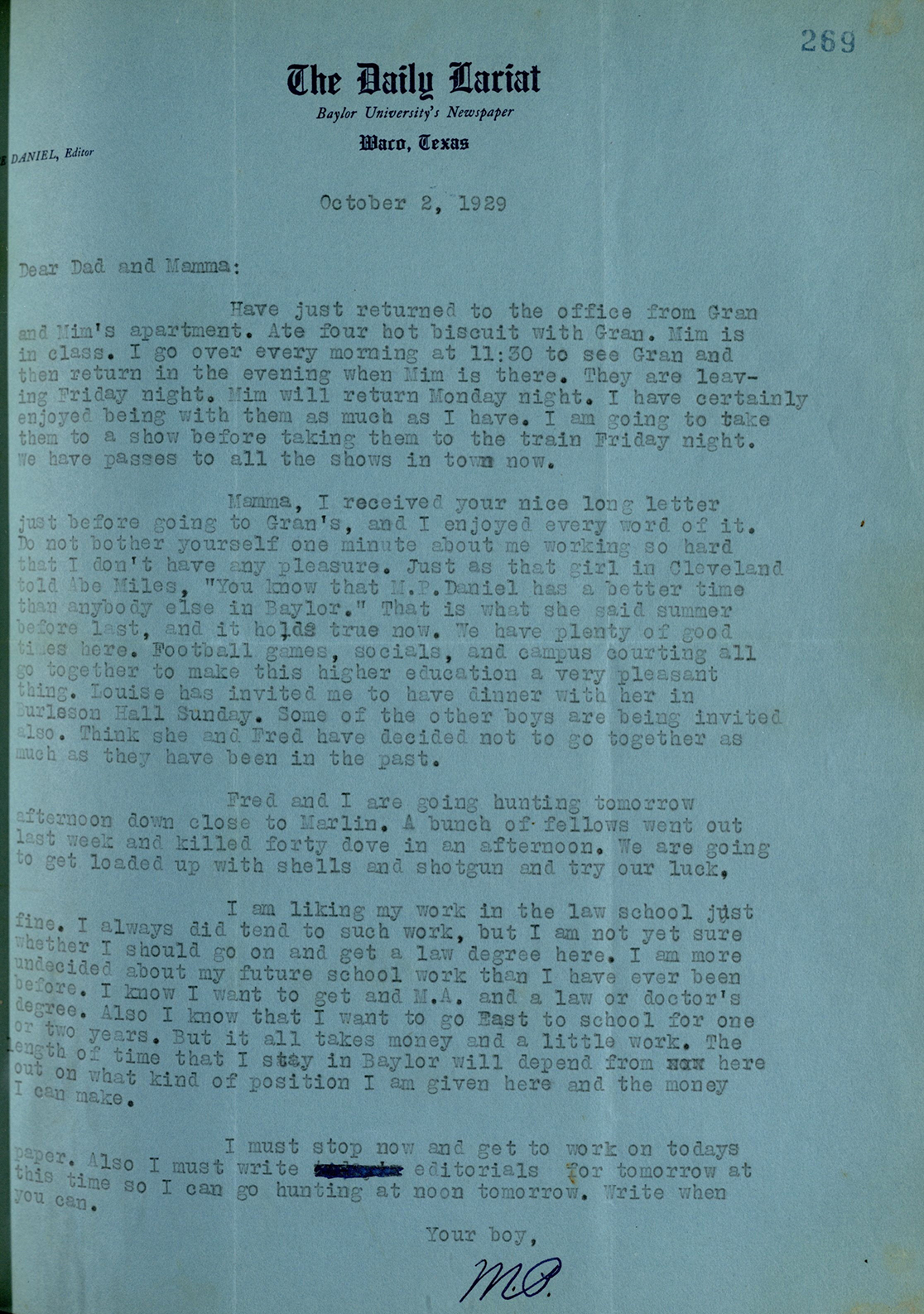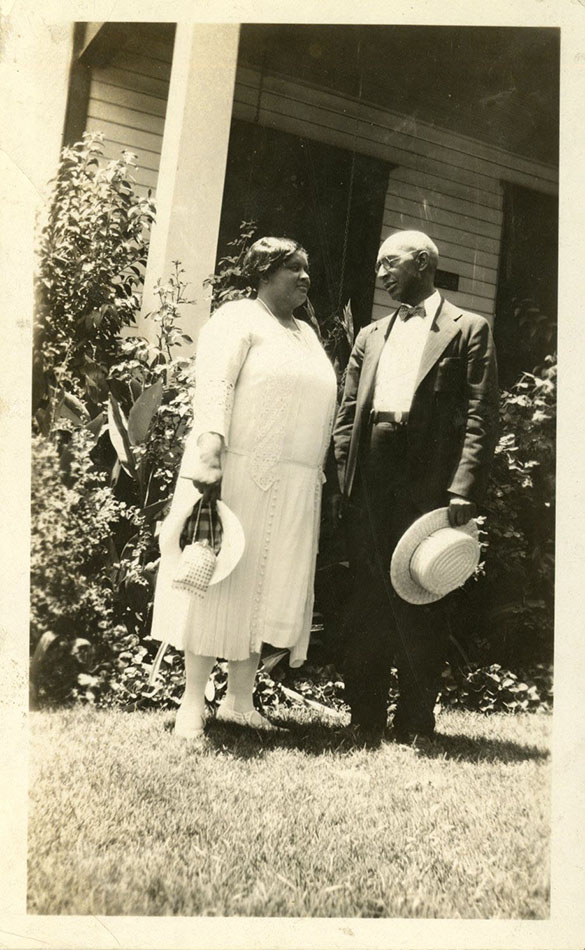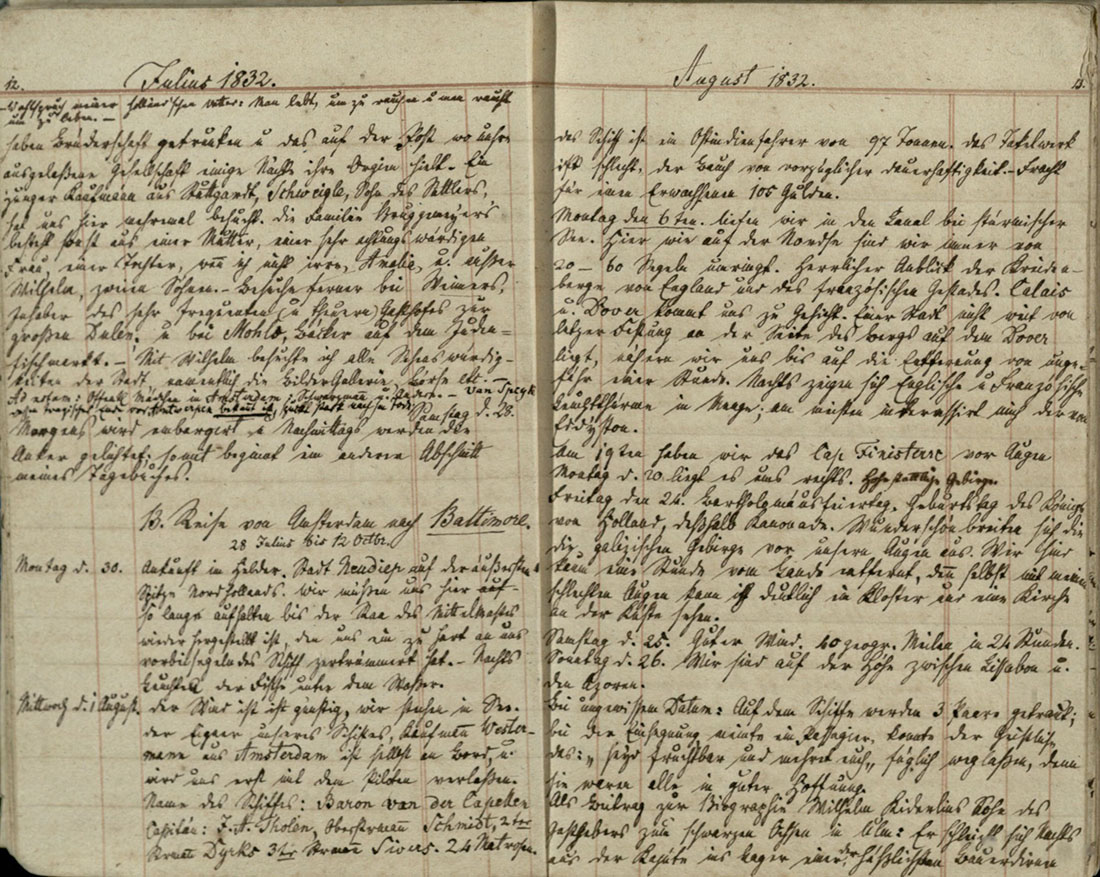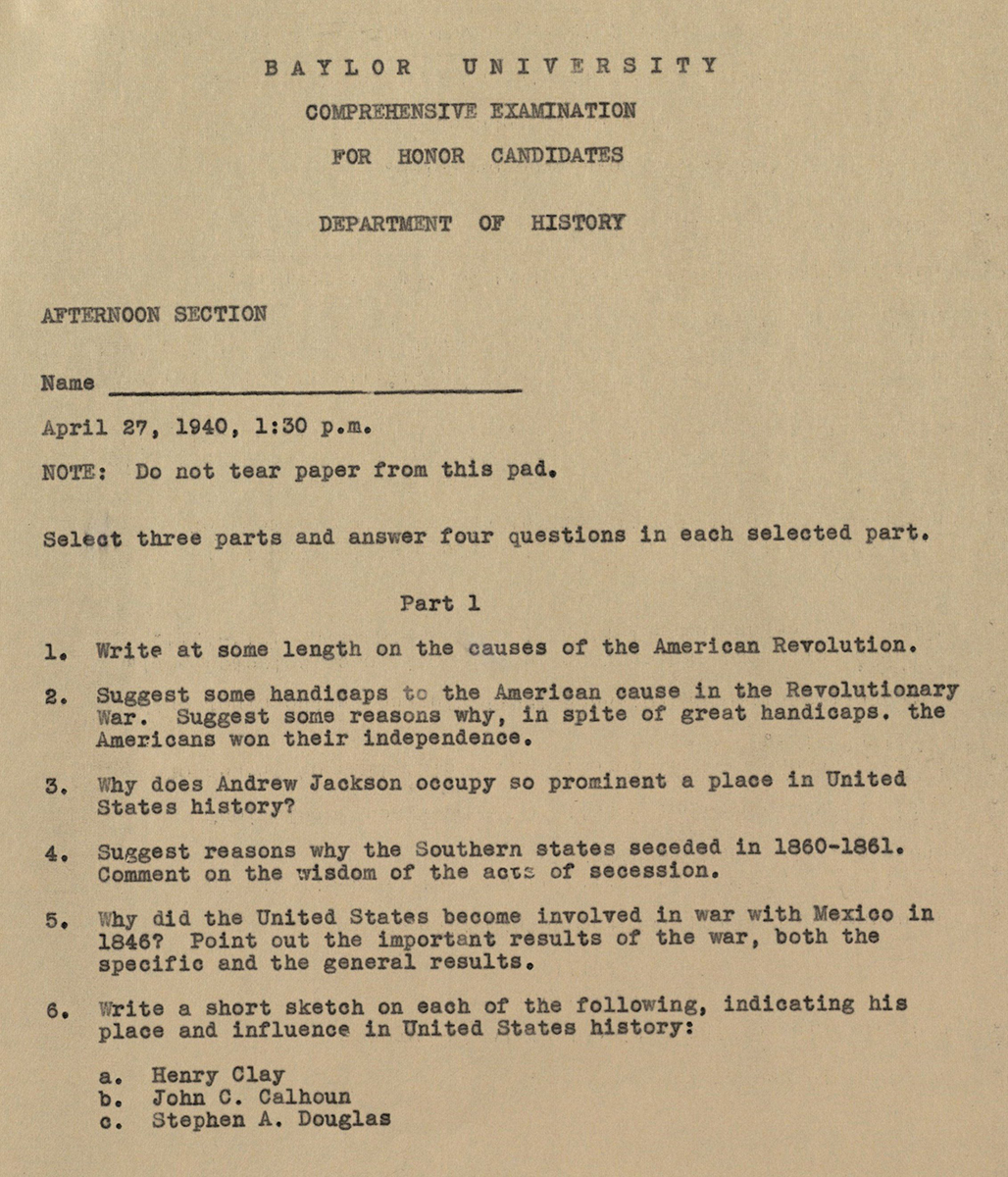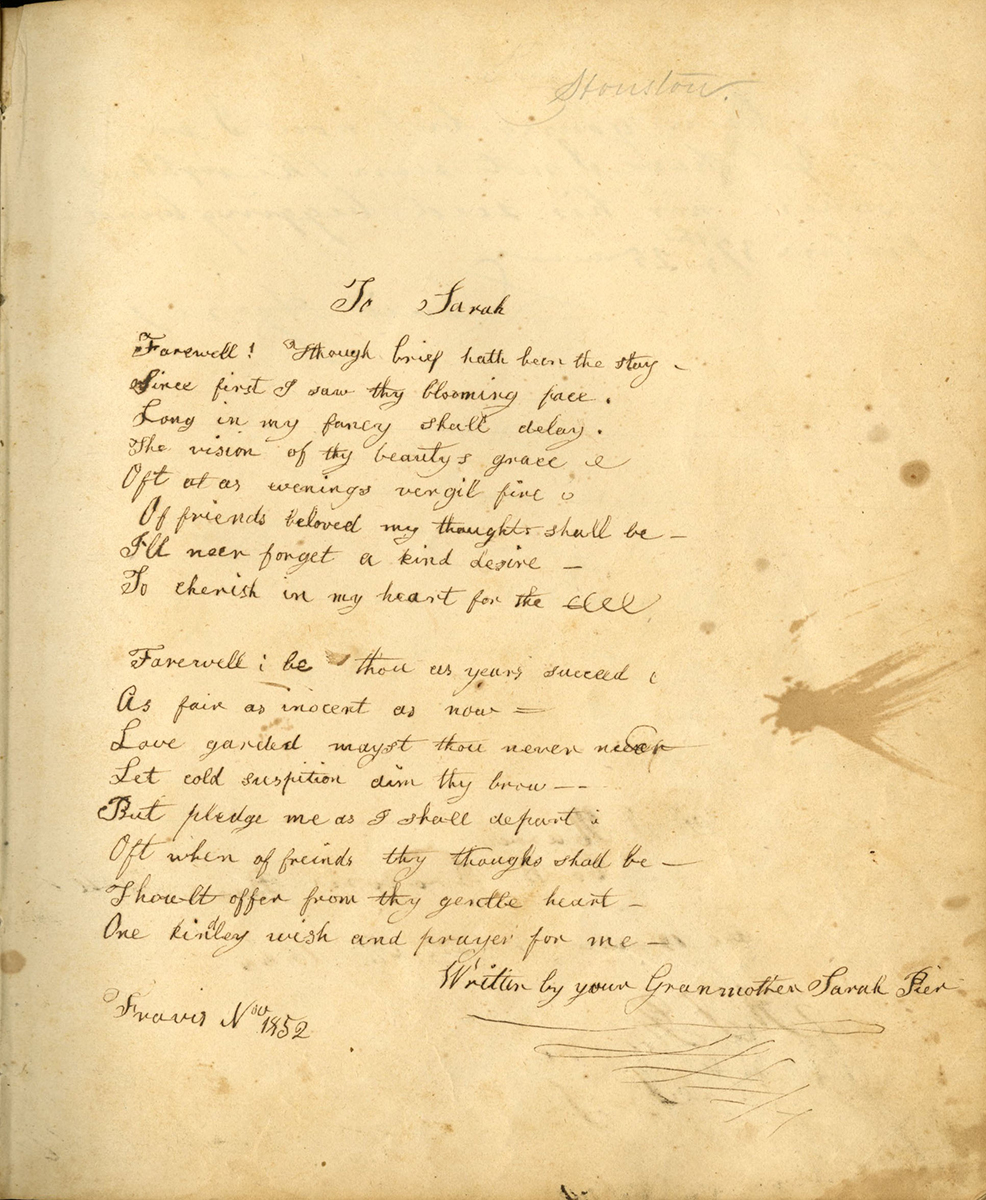Texas has changed quite a bit over the years, as is readily seen in our vast photograph and postcard collections. To help bring some of those changes to life, we’ve created a “Texas over Time” series of GIFs that will illustrate the construction and renovations of buildings, changing aerial views, and more. Our collections are especially strong on Waco and Baylor images, but look for some views beyond the Heart of Texas, too.
Texarkana, Texas
•At the junction of Interstate 30 and U.S. highways 59, 67, 71 and 82 lies the town of Texarkana, Texas.
•The name Texarkana is coined for its location on the Texas
•Arkansas border and proximity to Louisiana.
•There is no certainty where the exact name came from but there were a few theories told over time:
The name’s origin belongs to a steamboat that voyaged the Red River in the late 1800s.
That a man named Swindle in Red Land, Bossier Parish, Louisiana who manufactured a drink called “Texarkana Bitters”
inspired the town’s name.
Or that Col. Gus Knobel, an Iron Mountain surveyor, coined the name while building the St. Louis, Iron Mountain and
Southern Railroad.
•The site that Texarkana lies on is the same site the Caddo Indian village was located. The Great Southwest Trail passed by this village for hundreds of years to the Mississippi River country and back.
•The city’s history and beginning development thrived because of its position on the Texas Arkansas border.
•Plots of land were first sold on Dec. 8, 1873 by the builders of the Texas and Pacific Railroad. The first plot was bought by J.W. Davis.
•State line Avenue separates the north and southbound lanes of this arterial road with the Texas side to the west and Arkansas’ side to the east.
•Bowie County, Texas remains a dry county resulting in several liquor stores lining the Arkansas side of midtown State Line Avenue.
•The city is considered one entity but has two municipalities, including two mayors and two sets of councilmen and city officials.
•There are agreements for joint fire departments, respective state inspections and recreational programs.
•In an eerie light, Texarkana is home to the unsolved
Texarkana Moonlight Murders of spring 1946. The town was sent into a state of panic that summer because of the still unidentified “Phantom Slayer.” The Texas Rangers kept watch over the inhabitants of Texarkana until they quietly and slowly left as so did the Phantom.
Works Cited
Handbook of Texas Online, “Texarkana, TX,” accessed July 18, 2016,
http://www.tshaonline.org/handbook/online/articles/hdt02.
Newton, Michael. The Texarkana Moonlight Murders: The Unsolved Case of the 1946 Phantom Killer. Jefferson: McFarland &, 2013. Print.
See the still images in our Flickr set.
Text and GIF by Haley Rodriguez












